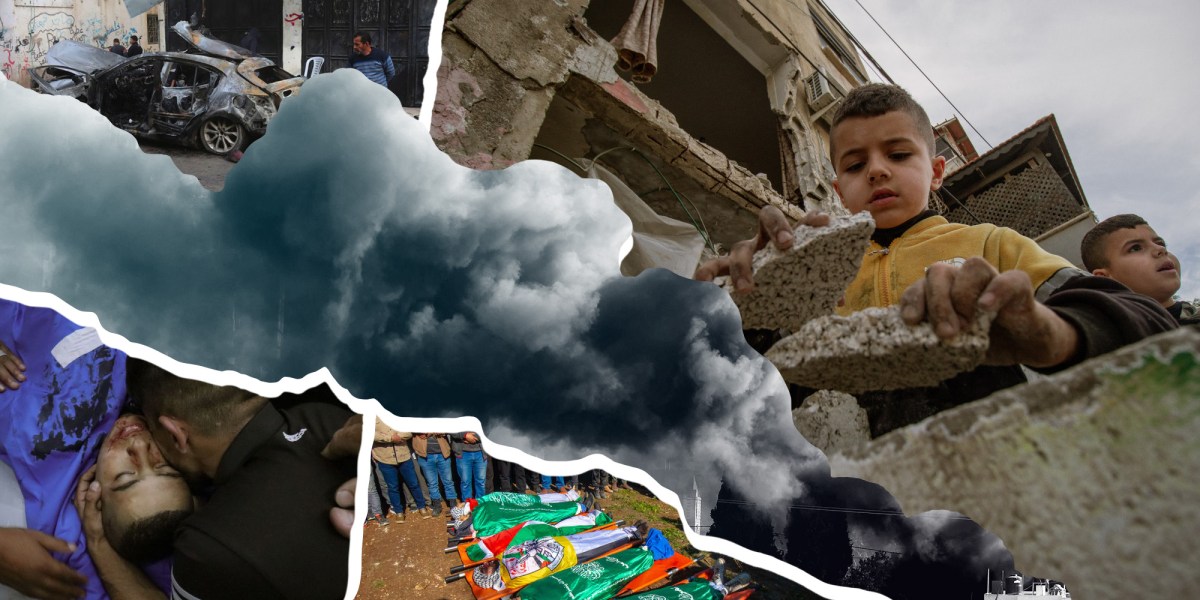Around 9:30 p.m. in late February, a white Mazda pulled up near a game cafe in the Jenin refugee camp on the northern edge of the West Bank, where a crowd of boys and young men often gathered to socialize.
As the car stopped, a few people walked by on the narrow street. Two motorbikes weaved past in different directions. “Everything was fine at the time,” according to an eyewitness sitting nearby in the camp’s main square.
Then the car erupted in a ball of flame. Two missiles fired from an Israeli drone had hit the Mazda in quick succession, as shown in a video the Israeli Air Force posted that night.
According to the IAF, the strike killed Yasser Hanoun, described as “a wanted terrorist.”
But Hanoun was not the only fatality: 16-year old Said Raed Said Jaradat, who was near the vehicle when it was hit, sustained shrapnel wounds all over his body, according to documentation collected by Defense for Children International-Palestine. He died from his injuries at 1 a.m. the next morning.
Jaradat is one of 24 children killed in Israel’s airstrikes on the West Bank since last summer, when the Israeli forces began deploying drones, planes, and helicopters to carry out attacks in the occupied territory for the first time in decades.


The Israeli imposed closure on Gaza began in 1991, temporarily, becoming permanent in 1993. The barrier began around Gaza around 1972. After the ‘disengagement’ in 2007, this turned into a full blockade; where Israel has had control over the airspace, borders, and sea. Under the guise of ‘dual-use’ Israel has restricted food, allocating a minimum supply leading to over half of Gaza being food insecure; construction materials, medical supplies, and other basic necessities have also been restricted. This has been a deliberate tactic of De-development.
Gaza Policy Forum summary: Experts agree that Israel’s dual-use policy causes acute distress
The Gaza Strip: The Political Economy of De-Development - Third Edition by Sara M. Roy